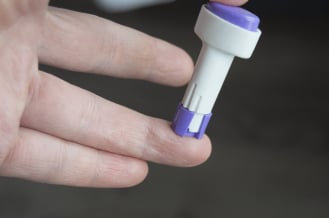
The 8x100m lactate testing protocol is a structured method designed to measure a swimmer's lactate production and tolerance across varying intensities. This protocol helps in understanding the swimmer’s anaerobic threshold and capacity. Here’s a detailed breakdown of the steps involved, including blood collection procedures in compliance with GDPR and health and safety standards.
Data Analysis
Lactate Profile: Plot the lactate levels against the corresponding intensities to create a lactate curve. This helps in identifying the lactate threshold, which is the point where lactate levels rise significantly, indicating a shift from aerobic to anaerobic metabolism.
Performance Adjustment: Use the lactate curve to adjust training intensities. For instance, training below the lactate threshold to improve aerobic capacity and above it to enhance anaerobic capacity and lactate tolerance.
Health and Safety Compliance
Hygiene Protocols: Use sterile, single-use lancets for blood sampling. Clean the sampling site with an alcohol swab before and after the sample is taken to prevent infection.
Data Protection (GDPR)
Ensure all personal data, including lactate levels and performance data, is stored securely. Only authorised personnel should have access to this data, and it should be anonymised where possible to protect the swimmer’s privacy.
